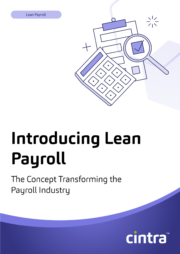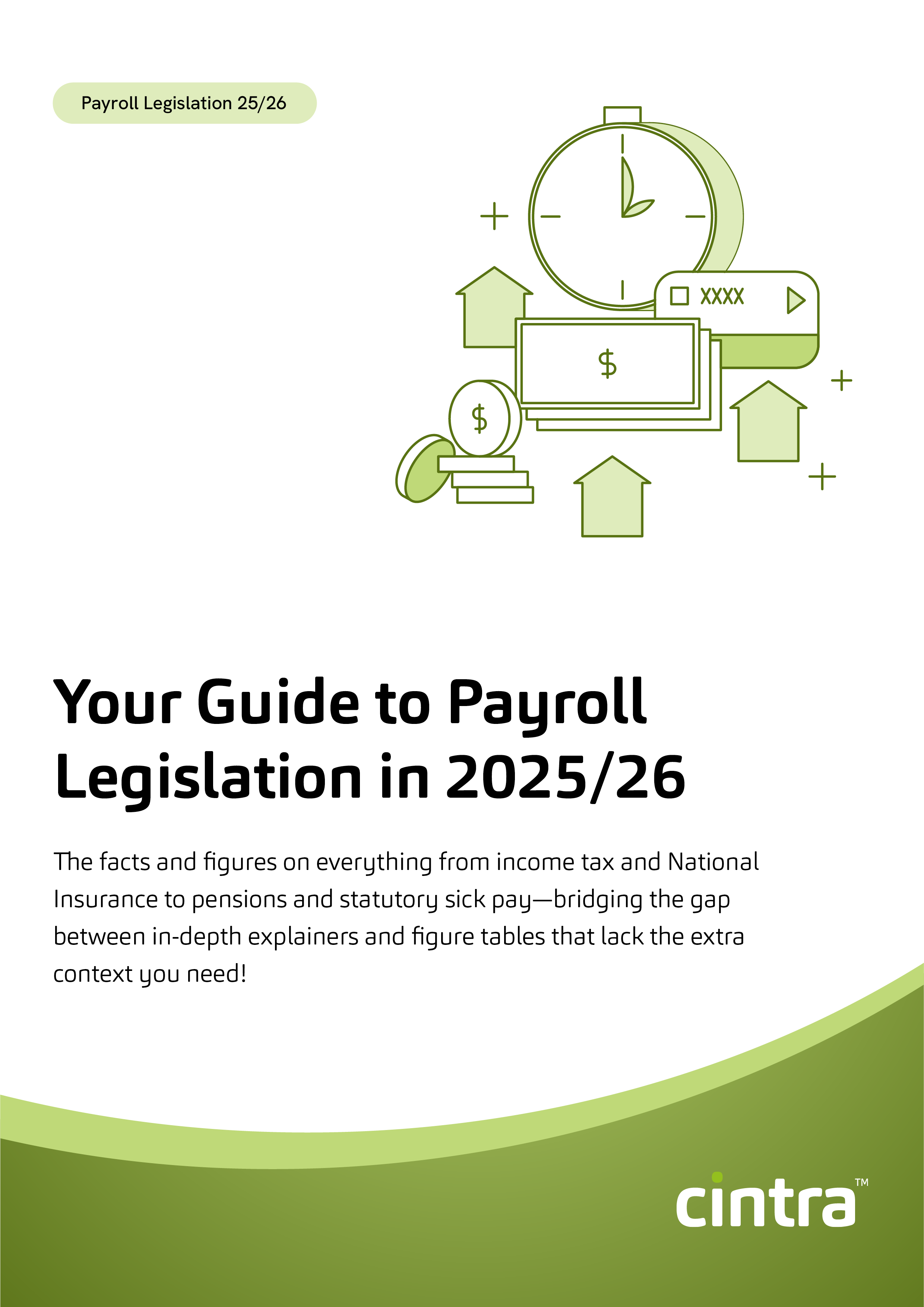Born in manufacturing, the ‘Lean’ methodology has proven itself to be a transformative force across numerous industries. It emphasises maximum value, enhanced quality, and a commitment to continuous improvement.
The core Lean methodology is underpinned by three pivotal concepts: unevenness, waste, and overburden. While their roots may be firmly grounded in manufacturing, they hold immense potential for the complex landscape of payroll. Enter, Lean Payroll.
Before diving into how these three principles can be applied to create a Lean Payroll process, let’s define each of them:
- Unevenness: In the context of Lean thinking, unevenness refers to the variability that can disrupt the smooth flow of operations, leading to inefficiency and mistakes. It’s the result of unbalanced workloads, irregular scheduling, or an unpredictable demand, causing a bottleneck that slows down the entire process.
- Waste: Waste is any activity that consumes resources without adding value to the product or service. It comes in many forms, from wasted time and materials to unnecessary movement or steps in a process. In Lean thinking, seven forms of waste have been identified, and their elimination is central to increasing efficiency.
- Overburden: This refers to the strain placed on both employees and systems when they are pushed beyond their limits. It’s the result of overworking machinery or employees, often leading to mistakes, breakdowns, and burnout.
Applying Lean principles to payroll
1. Addressing unevenness
The first step in introducing Lean principles into the payroll involves tackling the challenge of unevenness. The impact of unevenness is easily visualised in a real-world scenario: a bus arriving late disrupts the entire service schedule, triggering a cascade of further delays.
In payroll, we can compare this to the ‘payroll bottleneck’—the chaotic period around payroll processing that’s characterised by an overwhelming volume of tasks crammed into a small timeframe, instead of being evenly distributed throughout the payroll cycle.
This bottleneck results in rushed work, errors, and high levels of stress. Smooth, regular workflows can help prevent these issues, creating an environment conducive to higher productivity and reduced errors. Implementing more balanced, evenly distributed tasks is therefore a crucial first step in applying Lean concepts to payroll processes.
2. Eliminating waste
The second pillar of Lean, waste, also presents a significant issue in today’s payroll processes. Of the seven types of waste identified in Lean thinking, ‘waiting’ is particularly standout in the payroll context.
Waiting is when time is simply lost to a process, person or machine. It’s not always about a person waiting around, but also about systematic pauses or slowdowns that happen across a process that accumulate and lead to inefficiencies. Ultimately, waiting translates to lost time, drained resources and missed opportunities.
In payroll, that can apply to a number of stages in your payroll cycle. It could be the process of producing, checking, and validating reports—only to find a single mistake at the end of the process that causes a full rework. Or it could be simply waiting for information or data from other departments before payroll can be processed. Therefore, a central aim of Lean Payroll is to identify and eliminate wasteful steps, reducing the ‘waiting time’ in payroll processes and improving efficiency.
3. Mitigating overburden
Overburden, while typically associated with machinery in manufacturing, also has huge implications when it comes to human capacity. Humans, just like machines, have limits. When pushed beyond these limits, they risk experiencing burnout, heightened stress levels, and an increase in error rates.
In payroll, overburden can happen when we expect the payroll team to process large payroll cycles in an unrealistic timeframe (the payroll bottleneck!), or if there’s an issue within the team that causes less resource—such as employee absence—when there’s no contingency plans in place.
An essential aspect of addressing overburden lies in sensible planning and capacity consideration. This isn’t about extracting every bit of energy and time from the workforce; it’s about intelligent allocation of tasks. By ensuring a carefully balanced workload, the quality of work can be safeguarded, and the cycle of overburden can be broken, resulting in a healthier and more productive payroll team.
Addressing payroll inefficiencies with the three pillars
In applying the three pillars of Lean to the payroll process, an integrative and systemic roadmap for improvement unfolds:
1. Make work visible
To be able to perform any of the following activities, you need to be able to see what’s happening. That means you should map out your payroll process and you should use visual aids such as Kanban boards to help you understand what’s going on. Once you have this, you can proceed to the next stage.
2. Level out the workflow
Next, level out the workflow by distributing payroll tasks throughout the month. naturally minimising waste and overburden. Conduct a workflow analysis to identify the peaks and troughs in activity and use this data to redistribute tasks more evenly across your payroll cycle. This might mean shifting some tasks to traditionally quieter periods or automating steps to alleviate pressure during peak times.
3. Identify and eliminate waste
Look for areas of waste, particularly ‘waiting time’, and streamline these steps to achieve better efficiency. Use the process map created in step 1 to identify areas where waiting occurs and deep dive into your current practices to locate bottlenecks and time-consuming steps. Once you’ve identified the issues, you can implement strategies to mitigate them—this could look like strategies such as integrating systems for faster data transfer or setting clear timelines for approvals.
4. Evaluate resources and manage capacity
Finally, evaluate your resources and their capacity, ensuring an intelligent allocation that facilitates smooth and stress-free execution—both human and system. Carry out a thorough evaluation of your team’s workload and your system’s capacity. Does your team have the necessary resources and skills to carry out their tasks? If the answer is no, you’ll need to look at solutions such as hiring new employees, providing training or outsourcing part of your payroll function.
The future of payroll is Lean
Adopting a Lean approach introduces a new perspective into the payroll industry, placing focus on areas that truly matter and removing the focus from elements that cause unnecessary strain.
Lean Payroll isn’t an isolated concept but a strategic integration of proven principles that have been redefining industries for decades. By focusing on unevenness, waste, and overburden, we can establish a payroll system that is truly efficient, reliable, and accurate. In doing so, we reshape the landscape of payroll management and create a function where Lean is more than just a methodology—it becomes a transformation that causes a huge, positive shift in the payroll industry.
For more information on Lean Payroll practices, download our guide below. Or get in touch if you’d like to chat about what we can do to help.

Introducing Lean Payroll
Walk through the entire concept with PSSG CTO, Seb Aspland—the mind behind Lean Payroll—covering everything from its roots up to a step-by-step guide for implementation
Download your Lean Payroll ultimate guide


